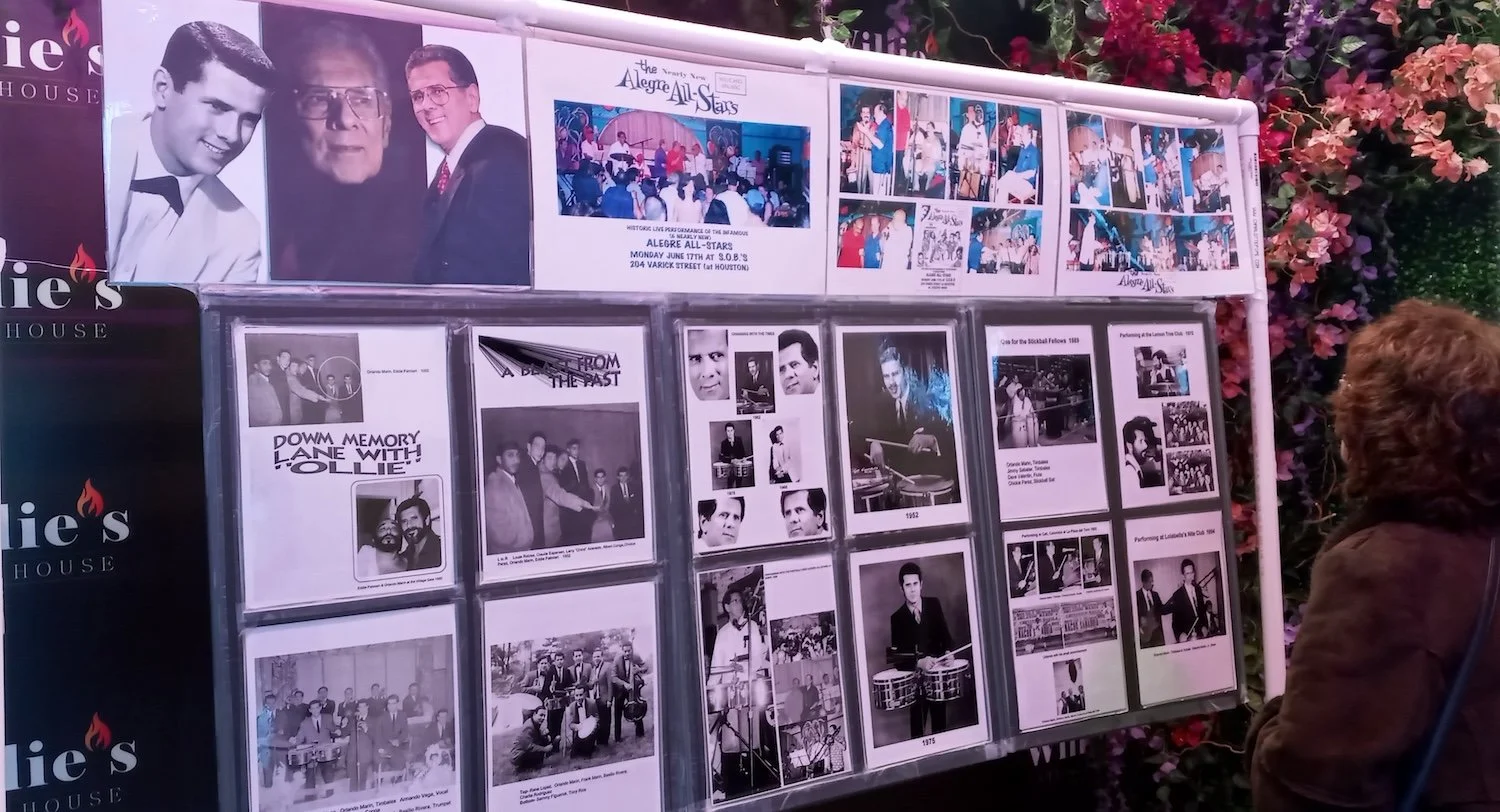
The Drums are Calling my Name / An essay by Nicolás in Making Caribbean Dance: Continuity and Creativity in Island Cultures
Making Caribbean Dance: Continuity and Creativity in Island Cultures / Edited by Susanna Sloat Explore the vibrant and varied dance traditions of the Caribbean islands
To order click HERE / To read excerpt click HERE / To view table of contents click HERE
“An indispensable resource that belongs on the bookshelf . . . of any serious student of Caribbean music, dance, and general culture. . . . All of the contributions are useful and informative in their distinct ways.”—Dance Chronicle
“In keeping with the themes of continuity and creativity, essayists reference racial and national groups’ ancestral roots and influences even as they enthusiastically promote and celebrate evolving choreographies, highly individualized performances, newly discovered traditions, and costumes and participants. Highly recommended.”—Choice
“As a compendium of well-described and specific examples of dances that, onthe whole, are rarely seen or experienced outside their specific cultural settings, Making Caribbean Dance is an excellent reference source.”—Dance Research Journal
“Susanna Sloat has done it again. Following on the heels of the success of Caribbean Dance from Abakuá to Zouk, Sloat’s new interdisciplinary collection extends the reach of dance scholarship to command the attention of all genres of forward-thinking students of the Caribbean.”—Joan Frosch, University of Florida
“Vivid portraits of important, rarely described corners of the Caribbean, revealed through voices both poetic and analytic.”—Catherine Evleshin, Portland State University
Caribbean dance is a broad category that can include everything from nightclubs to sacred ritual. Making Caribbean Dance connects the dance of the islands with their rich multicultural histories and complex identities. Delving deep into the many forms of ritual, social, carnival, staged, experimental, and performance dance, the book explores some of the most mysterious and beloved, as well as rare and little-known, dance traditions of the region.
From the evolution of Indian dance in Trinidad to the barely known rituals of los misterios in the Dominican Republic, this volume looks closely at the vibrant and varied movement vocabulary of the islands. With distinctive and highly illuminating chapters on such topics as experimental dance makers in Puerto Rico, the government's use of dance in shaping national identity in Barbados, the role of calypso and soca in linking Anglophone islands, and the invented dances of dance-hall kings and queens of Jamaica, this volume is an evocative and enlightening exploration of some of the world’s most dynamic dance cultures.
Use code AU1224 at checkout. Or order by phone, 800.226.3822. Discount valid until December 31, 2024. Standard shipping fees apply. Offer valid for individuals only and cannot be applied to bookstore or library orders.






